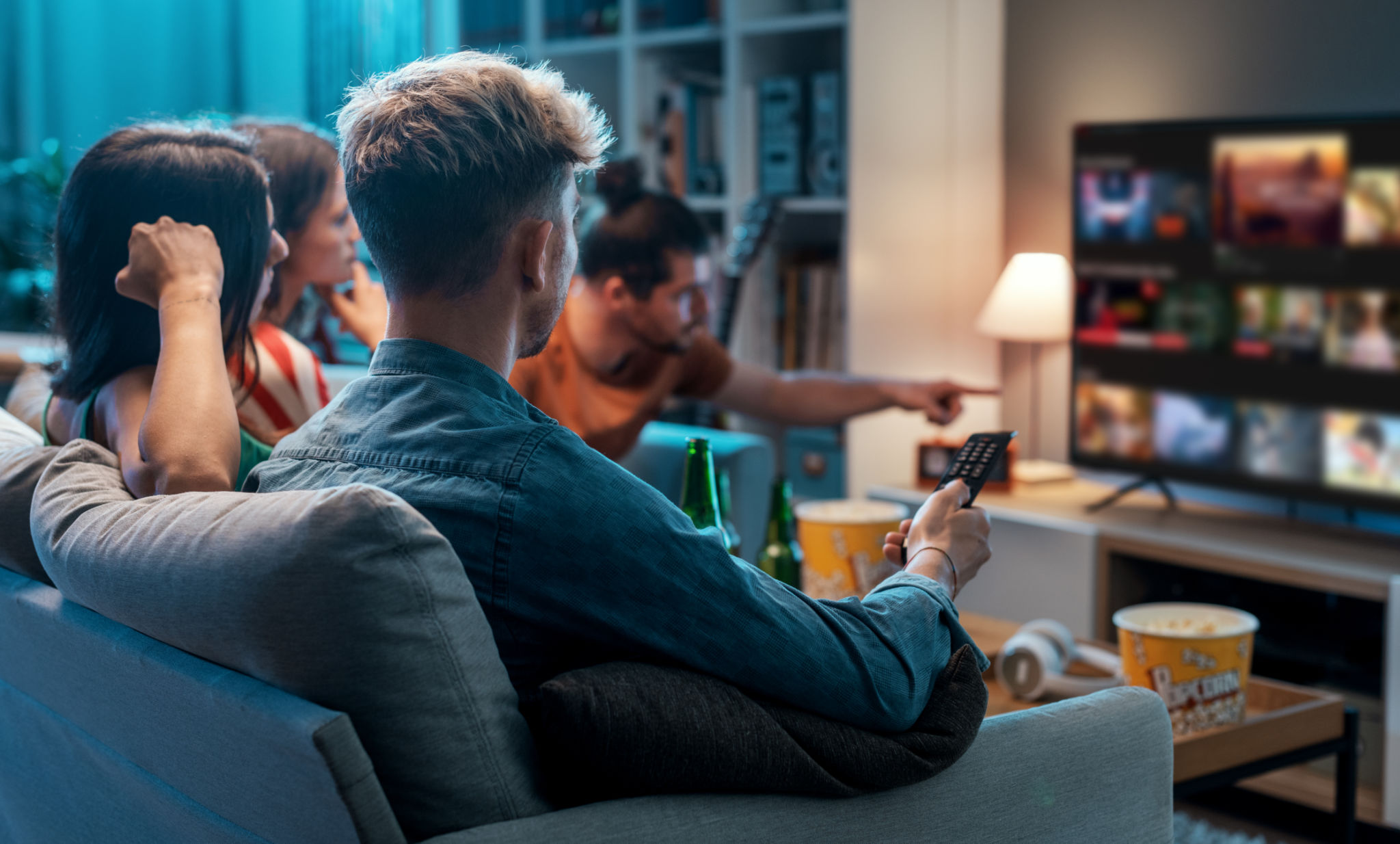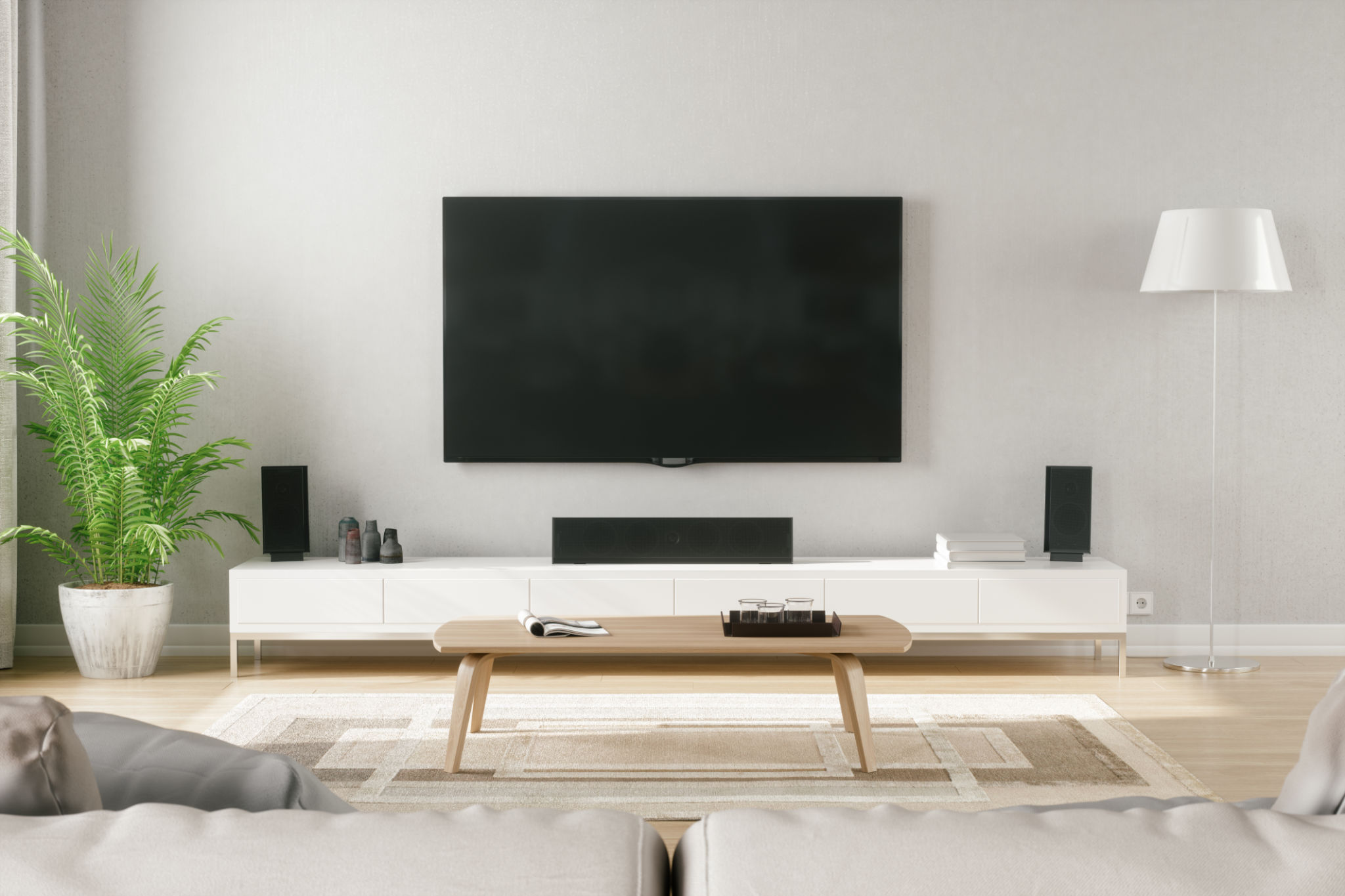Expert Tips for Designing a Custom Entertainment Center
Understanding Your Space and Needs
Designing a custom entertainment center is a fantastic way to blend functionality with personal aesthetics. The first step is to assess the space you have available. Measure the dimensions of your room, considering not just the width and height but also the depth and any architectural features like windows or doors that might affect placement.
Next, think about what you need in terms of storage and equipment housing. Do you have a large collection of DVDs or vinyl records? Do you need space for gaming consoles, sound systems, or other electronics? Understanding your needs will help guide the design process.

Choosing the Right Materials
The materials you choose for your custom entertainment center can impact both the look and longevity of the piece. Options range from traditional wood to modern metal and glass combinations. Wood offers a classic, warm appearance, while metal and glass can provide a sleek and contemporary feel.
Consider how each material will interact with your existing decor. For instance, if you have a lot of wooden furniture, a matching wood entertainment center might create a cohesive look. Conversely, a metal and glass design could serve as a bold focal point in a more minimalist setting.
Durability and Maintenance
It's crucial to think about the durability and maintenance requirements of your chosen materials. Wood generally requires regular polishing to maintain its sheen, while glass can show fingerprints and dust more readily. Ensure that your choice aligns with the amount of maintenance you're willing to undertake.

Incorporating Smart Features
Modern entertainment centers aren't just about storing your TV and media; they can also incorporate smart features to enhance functionality. Consider integrating built-in charging stations for your devices, or even smart lighting that can be controlled with your smartphone or home assistant.
Another tech-forward idea is to design compartments specifically for cable management. This allows you to keep cords and wires hidden away, maintaining a clean and organized appearance.
Future-Proofing Your Design
As technology evolves, your entertainment needs might change. Designing a modular system that can be easily adjusted or expanded is a wise decision. This could include adjustable shelves, removable panels, or extra slots for future equipment.

Personalizing Your Entertainment Center
Your custom entertainment center should reflect your personal style. Whether it’s through color choices, decorative moldings, or unique hardware, there are countless ways to imbue your personality into the design. Consider adding LED lights for a pop of color or incorporating open shelving to display personal items like family photos or collectibles.
If you're a fan of accent walls, you might even design your entertainment center to complement an existing feature wall in your living room. This can tie the entire room together and make your entertainment center a true centerpiece.
Working with Professionals
While DIY projects can be rewarding, working with a professional designer or carpenter can bring your vision to life with precision and expertise. Professionals can offer insights into design trends, material options, and functional layouts that you might not have considered.
A professional can also help ensure that your entertainment center is safe and stable, especially if you're mounting a heavy television or incorporating large speakers. Their experience can prevent costly mistakes and help create a piece that you'll enjoy for years to come.

